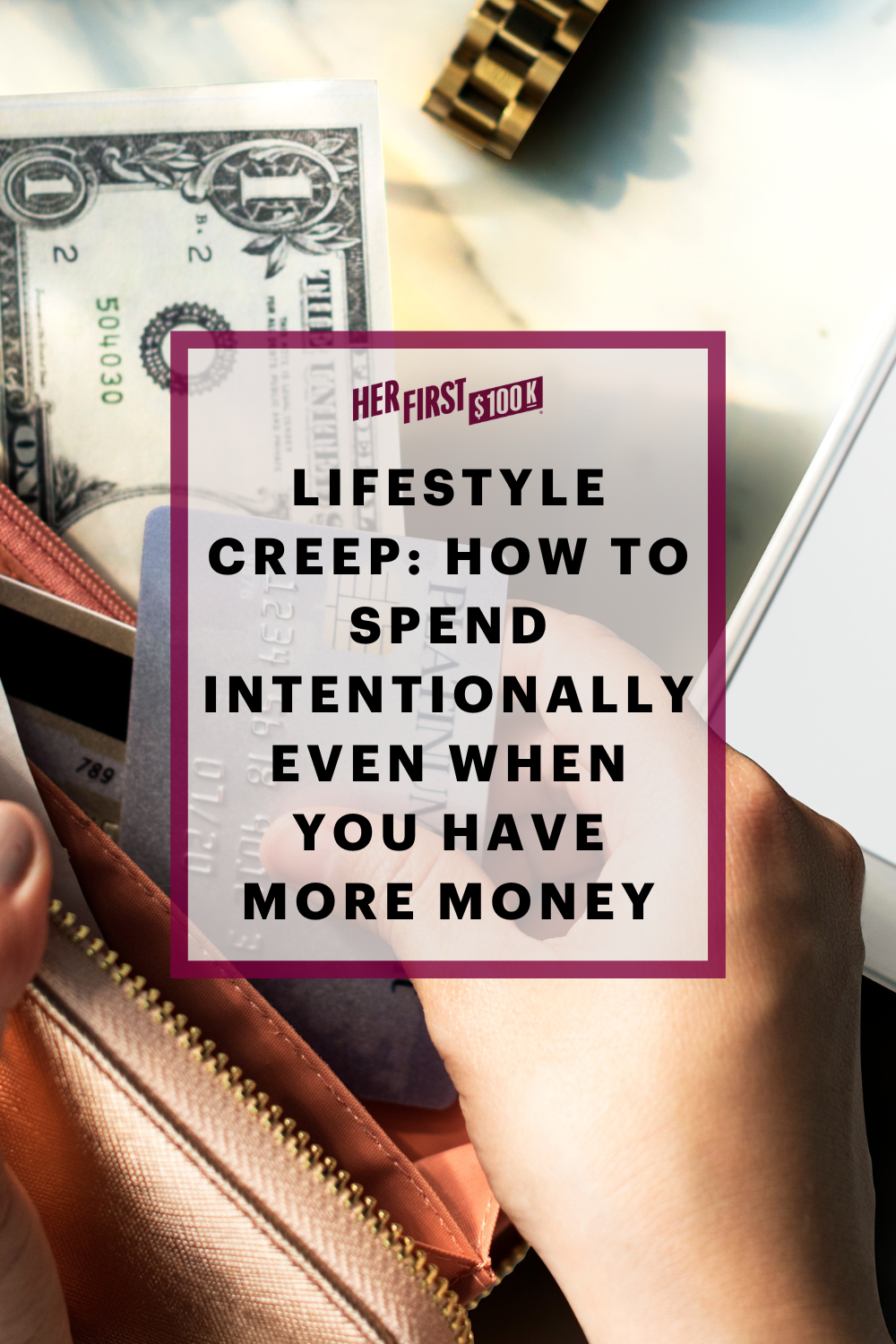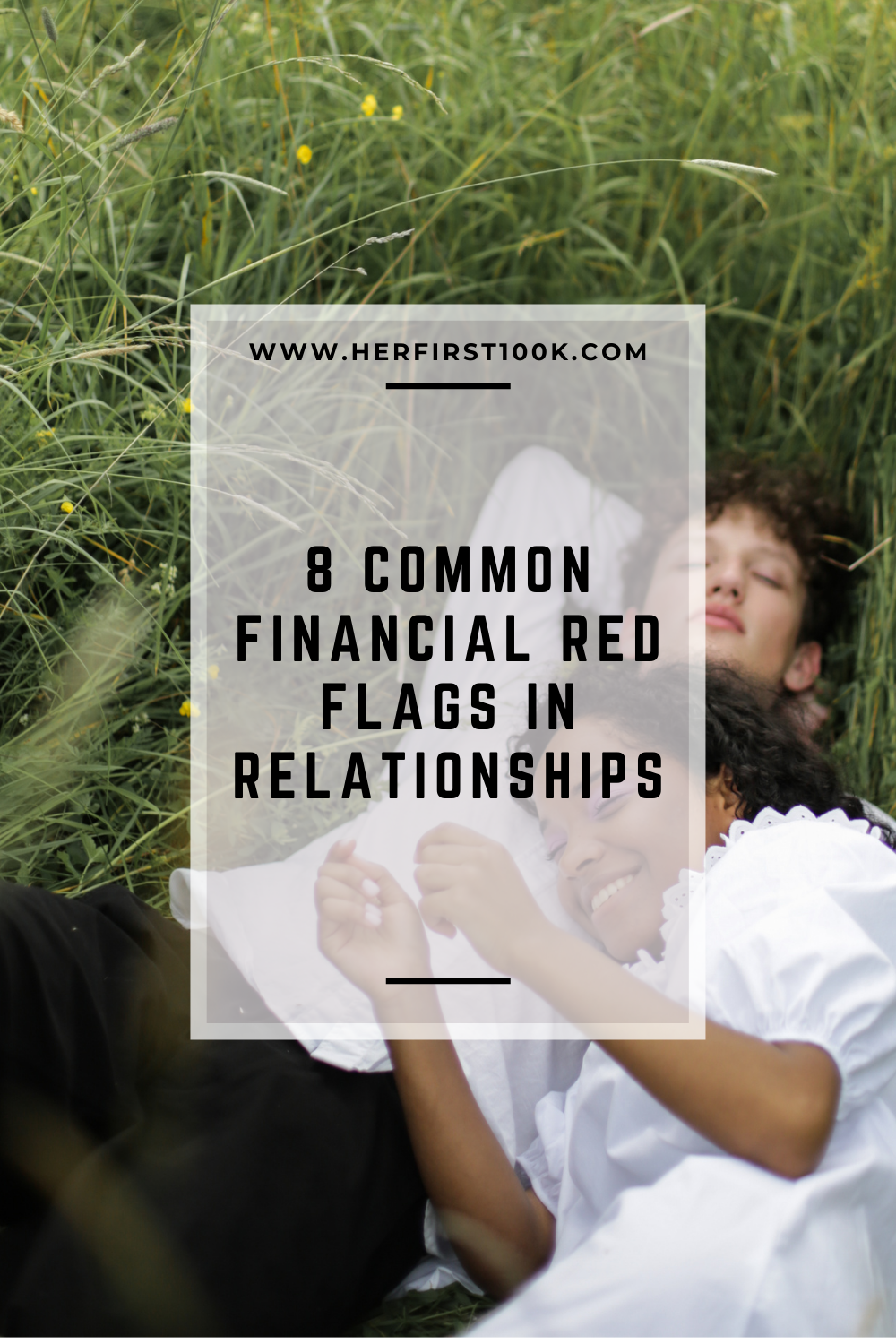The following article may contain affiliate links or sponsored content. We will never work with a brand or showcase a product that we don’t personally use or believe in. For more information, please see our Advertiser Disclosure.
Terms apply to American Express benefits and offers. Enrollment may be required for select American Express benefits and offers. Visit americanexpress.com to learn more.
When they hand you your college or high school diploma with a smile, you never really expect the bucket of ice that is the real world to follow. After years of schooling and controlled situations, you’re thrust into #adulting, and it’s happening around you whether you’re ready or not.
An area that’s particularly difficult to adjust to is personal finances. Even if you worked through school and handled your own bills, there’s something different about being out on your own and making a plan for yourself.
Read more: A Beginner’s Guide to Finance for College Students
Besides budgeting, the #1 question I get from the 18-24 age group is about building credit. Some of you were lucky enough to have a card right when you turned 18 through your local bank or credit union –– one you may or may not have used well. For others, credit cards are a mystery and a necessary one at that.
Credit cards are like any other tool –– use it right, and you’ll be golden. Misuse it, and you end up in the ER with a sliced hand (metaphorically, of course). If you’re reading, I’m assuming you’ve either just started utilizing credit or are looking to open your first credit card to start building towards that elusive “excellent” credit score.
Don’t worry –– I’m here to guide you through it.
Emergency fund first
Before we get started, I strongly recommend that you build at least a 3-month emergency fund before you even consider opening a credit card. Six months is even better if you can.
This three-month emergency fund should cover all of your necessary expenses like rent, food, clothing, utilities, and other things you couldn’t live without. We build an emergency fund because it’s SO easy to reach for your credit card when something pops up –– which is one of the many ways I see younger people get themselves into a debt hole that keeps getting deeper.
Start with at least three months in a HYSA (High-Yield Savings Account) before you go any further.
Breaking down the lingo
Now that you’re covered in case of emergencies –– what should you look for in terms of a credit card? The good news is there are tons of credit cards out there for students and first-timers specifically geared toward helping you build credit.
Here are a few terms to look for and what they mean:
Annual Fees: Fees are charged annually to be a cardholder. Usually, only show up in higher tier cards –– but make sure to read the fine print! Some cards start with no annual fees for the first year and then tack it on after.
APR (Annual Percentage Rate): This is the amount of interest you will be charged on your purchases yearly. This is usually what gets people in trouble when they start spending without a plan. The goal is never to let that interest accrue in the first place. More on that later.
Some cards also offer 0% APR on your first year, and the interest begins to accrue after 12 months on your purchases.
Rewards: Usually given either as a percentage of cashback (i.e., 1% cashback on all purchases) or as a point value to be redeemed for cash or physical rewards like flights, gift cards, hotels, etc. Make sure to see if these rewards ever expire, so you know how to utilize them best! I get free flights and stays all the time because of the way I utilize my rewards.
When you’re getting your first card, make sure to read through all of the fine print, so you know exactly what you’re looking at.
See all of my credit card recommendations here: Money Tools –– Credit Cards
Choosing a card
Now that you’re covered in case of emergencies and know the lingo –– what should you look for in terms of a credit card? The good news is there are tons of credit cards out there for students and first-timers specifically geared toward helping you build credit.
These cards usually don’t come with extra perks like my favorite travel and business cards might, but they are a great stepping stone to one.
Student and/or first-time cards will usually come with:
- Smaller balance limits (which can be a good thing when you’re starting out)
- No annual fees
- Some rewards (either points or cashback)
This isn’t true of every card, but it’s common! It’s essential to pay attention to these factors when you’re looking for your first card to make sure you understand the best ways to use it.
Here are some of my favorite options:
Capital One Quicksilver Cash Rewards Credit Card
Why I chose it:
- No annual fee
- Earn unlimited 1.5% cash back on every purchase you make
- No minimum rewards redemption (meaning you can start earning and using rewards on day 1!)
This is a great no-frills card for those who are just getting started with credit cards and need to adjust. Also great if you’re currently with Capital One or plan on expanding into other Capital One products.
Chase Freedom Unlimited®
Why I chose it:
- No annual fee
- Welcome bonus: earn 1.5% cash back on every purchase you make up to $20,000 in the first year, worth up to $300 cash back
- 0% Intro APR for 15 months from account opening on purchases and balance transfers, then a variable APR of 19.49% – 28.24%.
Are you noticing a theme here? The best cards for beginners often have no annual fee and a solid cash-back percentage. This does come with fewer perks than Chase’s more premium offerings, but the 3% cash-back for dining might just make up for it. Imagine getting cash back for ordering takeout–it’s like a little reward.
Blue Cash Preferred® Card from American Express
Why I chose it:
- $0 intro annual fee for the first year, then $95
- Low intro APR: 0% on purchases and balance transfers for the first 12 months, then a variable APR 20.24% – 29.24%
- Wide array of cash-back bonus categories for transit, groceries, and streaming services. The cash back is received in the form of Reward Dollars that can be redeemed as a statement credit or on Amazon.com at checkout.
- See rates and fees
Okay so this card does not fall into the no annual fee ever category, but it does have an $0 annual fee intro offer, so it’s a great option for those who need to dip their toes into credit card usage. They also offer 6% cash-back at U.S. supermarkets up to $6,000 a year, then 1% after –I don’t know anyone who goes without spending on food so this is a no-brainer.
Rules to follow
Alright, alright, I’ve technically already done a whole blog post on how I don’t have a debit card and only use credit cards. You may not be fully ready to jump into this lifestyle, and that’s OK. To pull this off (and reap the benefits), I have a few rules that are non-negotiable for me when it comes to spending with a credit card.
1. Never spend more than you can afford to pay in cash
Yes, that even means that new couch that would make your first apartment so damn cozy. This rule is there to protect you, not put a damper on your spending goals. Whenever you shop with a credit card, purchase only what you can already afford in cash. Even if you have 0% APR for the first few months (or year), I caution you to take advantage of it to make a big purchase unless you know 5,000% with absolutely no doubt that you can pay it off before the bill comes due.
2. Always pay off your card on time and IN FULL
This is what I meant above by never letting interest accrue on your balances. I spend throughout the month on my card and make a payment for the FULL balance (not just the minimum payment) by or before the due date. This means I never pay interest but get to take advantage of all the perks like bonus points and cashback.
Circling back –– this is why it’s so crucial to have that emergency fund in place first. So many of my coaching clients admit that they only got a credit card because they heard they were supposed to and then just used it with no plan or whenever they had a flat tire.
Credit card debt piles on fast and can grow like weeds –– but if you use credit cards with a plan, you won’t have to worry.
Why you need a credit score
If you grew up with Dave Ramsey or any other anti-credit card financial advice, it might take a while for you to shake the shame of that advice off your shoulders. I certainly do not think you should go into credit card debt, but the reality is that you need a credit score for a multitude of reasons: home loans, better auto rates, utilities, and apartments, just to name a few.
Listen now: Increase Your Credit Score
The idea with your first credit card is to start small and get used to following best practices. If we go back to the whole “toolbox” analogy, your first credit card is a hammer –– easy to use (but still dangerous) and good for beginners. As you get more comfortable with your finances, you’ll start moving up into better cards for your particular lifestyles, like travel rewards cards and business credit cards.


